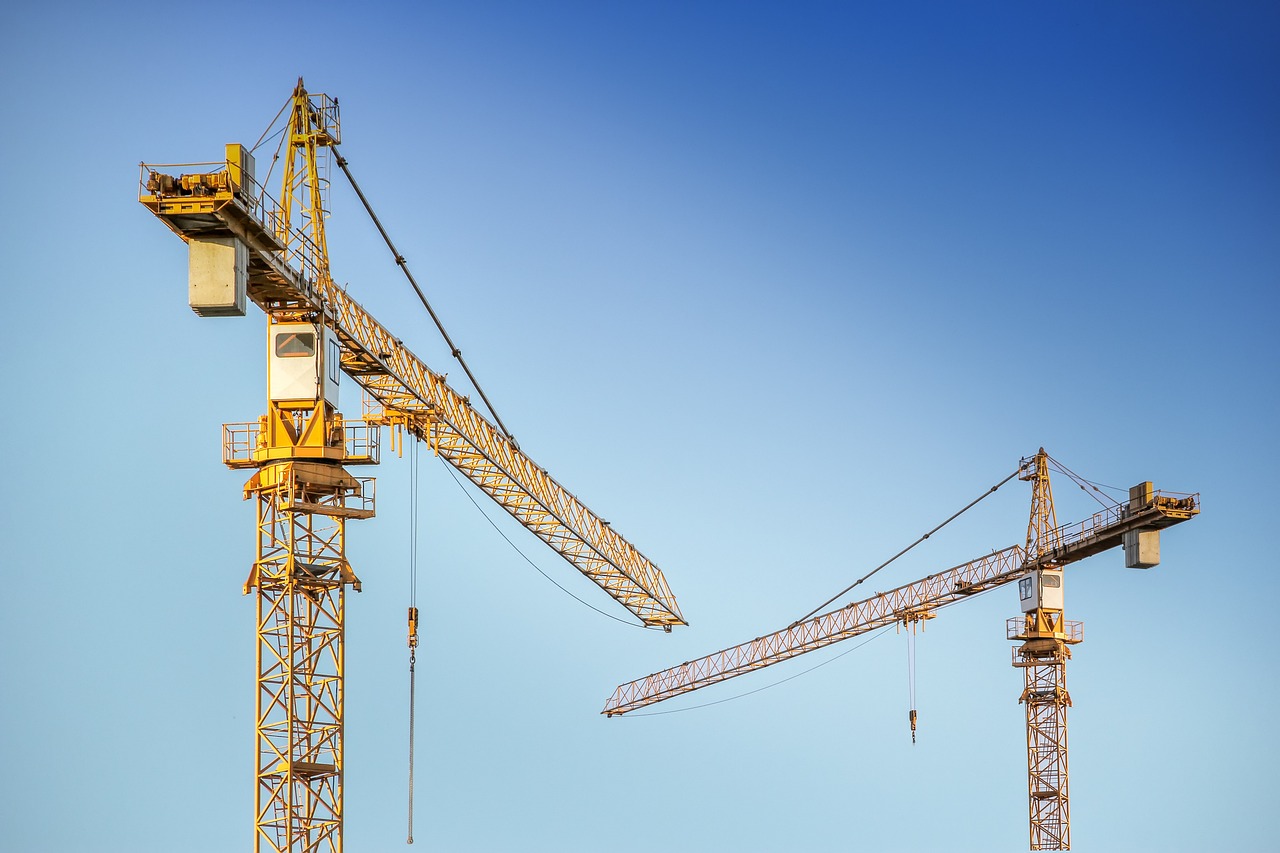Choosing the right crane is a critical step in ensuring the success of any construction or industrial project. With a wide range of crane types offered by crane rental services in Utah, it’s essential to understand the unique capabilities and limitations of each option. This guide will walk you through the selection process, helping you identify the perfect crane to meet your project’s specific requirements.
Mobile Cranes: Versatility on the Move
Mobile cranes are some of the most versatile and widely used equipment in construction projects. Mounted on rubber-tired carriers or rail systems, these cranes provide exceptional mobility and flexibility, making them perfect for projects that require frequent movement across a site or between multiple locations. Mobile cranes come in a range of types, including all-terrain, rough-terrain, and truck-mounted cranes, each designed to handle specific ground conditions and mobility needs with ease.
Tower Cranes: Reaching New Heights
Tower cranes are a defining feature of urban construction projects, dominating city skylines wherever vertical development thrives. Anchored securely to the ground or affixed to building structures, these cranes are engineered for exceptional lifting capacity and towering heights. They are indispensable for constructing high-rise buildings and large-scale infrastructure, excelling in scenarios that demand heavy lifting and sustained elevation over extended periods.
Crawler Cranes: Stability on Rough Terrain
Crawler cranes, equipped with track-based undercarriages, offer outstanding stability and mobility, even on soft or uneven terrain. These cranes are ideal for large-scale construction projects that demand significant lifting power. Unlike mobile cranes, crawler cranes excel in scenarios where frequent relocation isn’t necessary after deployment.
Overhead Cranes: Maximizing Indoor Space
Overhead cranes, commonly referred to as bridge cranes, are a staple in industrial settings like manufacturing plants and warehouses. Designed to run on elevated tracks, these cranes excel at transporting heavy loads across the length of a building. By operating in the overhead space, they free up valuable floor area, enhancing efficiency and functionality. Ideal for indoor operations that demand precision and frequent heavy lifting, overhead cranes are an indispensable tool for modern industrial workflows.
Choosing the Right Crane for Your Project
When selecting a crane for your project, consider several key factors:
- Project Requirements: Assess the weight and dimensions of the materials to be lifted, as well as the height and reach required.
- Site Conditions: Evaluate the terrain, space limitations, and accessibility of your project site.
- Duration and Frequency of Use: Determine how long and how often the crane will be needed.
- Budget Constraints: Consider the cost differences between renting and operating various crane types.
Partnering with a Crane Rental Service
Partnering with a trusted crane rental service can make selecting the perfect crane for your project seamless and efficient. These services offer access to a wide range of crane types and bring valuable expertise built on years of experience with diverse projects. From evaluating your specific requirements to recommending the ideal crane, they provide tailored guidance every step of the way. Additionally, many services include operational training and ongoing support, ensuring your project runs smoothly and safely.
Conclusion
Choosing the right crane is essential to meeting the specific demands of your project. Mobile cranes offer unmatched versatility, tower cranes excel in reaching great heights, crawler cranes provide exceptional stability, and overhead cranes are ideal for indoor operations. Each type is designed for a distinct purpose. By thoroughly evaluating your project’s requirements and consulting with knowledgeable crane rental experts, you can select the perfect crane to maximize efficiency and ensure safety on-site.

